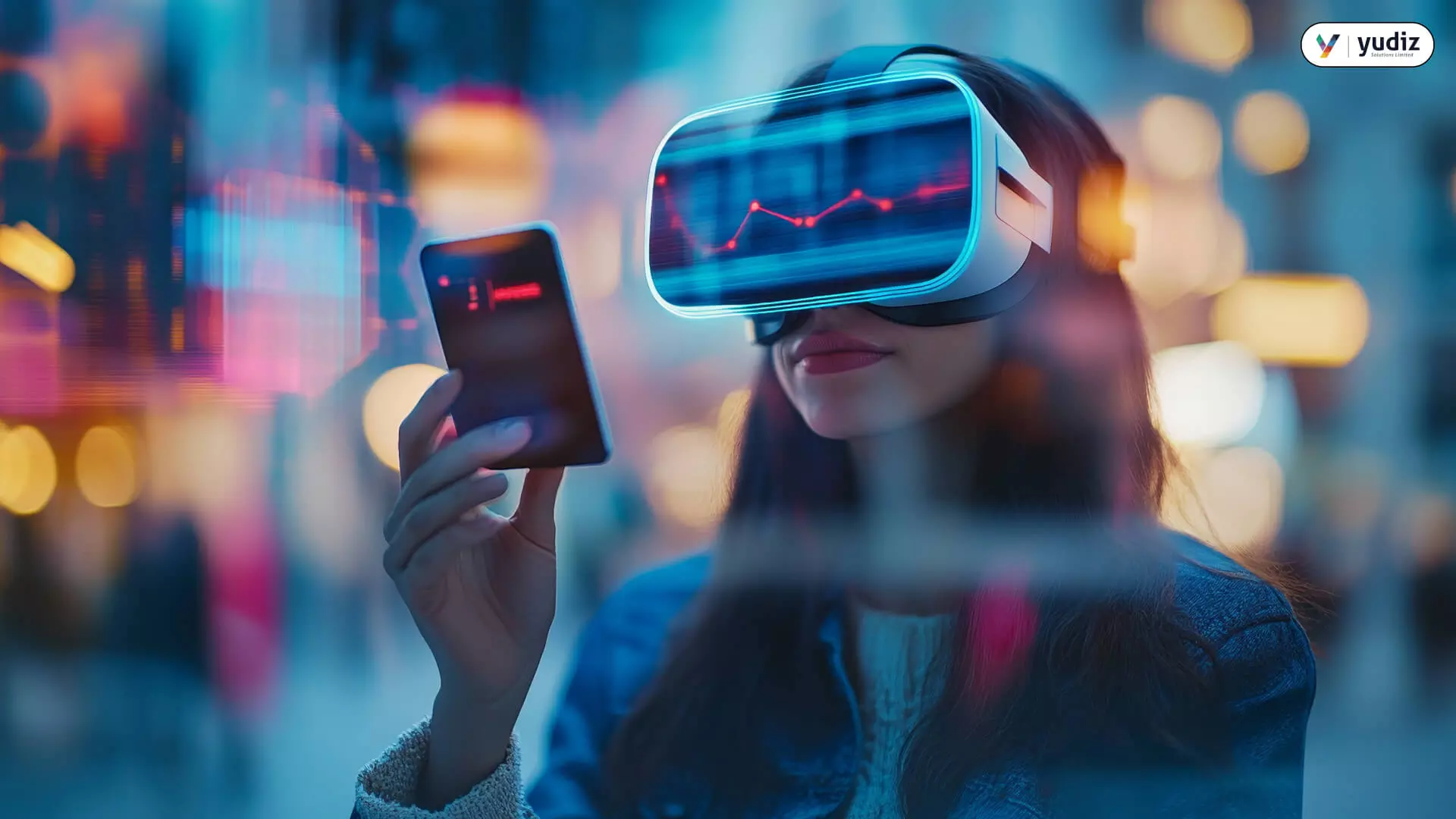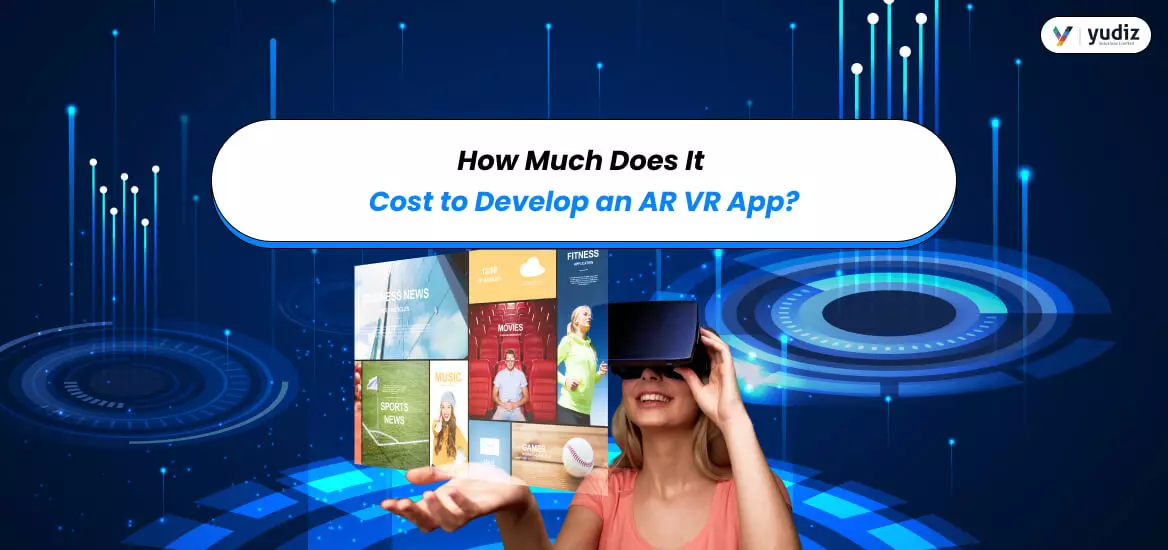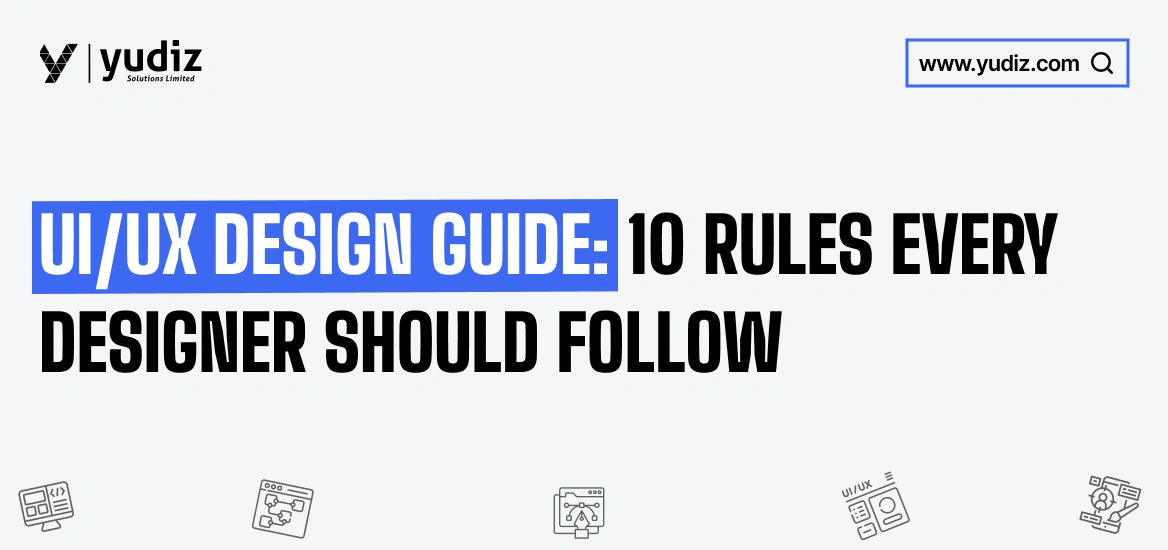Explained Simply19th September 2024
Developing an AR VR app can be a game-changer for businesses looking to engage customers in new and exciting ways. With the rapid growth of AR VR development, companies are increasingly investing in these technologies to enhance user experiences and gain a competitive edge. One common question is: “How much does it cost to develop an AR VR app?” this article breaks down the factors that influence the AR VR development cost and explores various applications of AR VR technology.
Factors Influencing the Cost of AR VR App Development
Several factors affect the AR VR app development cost. Understanding these factors will help you better budget for an AR VR project.
1. Complexity of the App
The complexity of the app is a major factor in determining the AR VR development cost. Simple apps with basic features, like augmented reality filters or virtual product showcases, cost less. Complex applications require advanced functionalities, such as real-time object tracking or multi-user experiences, increasing costs.
2. Platform and Device Compatibility
The cost to build AR VR solutions depends on the platforms and devices you want to target. Apps designed for specific platforms like iOS or Android might differ in cost from those compatible with multiple platforms or specialized AR VR hardware like Oculus or HTC Vive.
3. Design and User Experience
The AR VR app design and development cost is another critical factor. A well-designed app with a smooth user experience can increase engagement and satisfaction. However, creating an intuitive interface with realistic graphics and fluid animations can be expensive, affecting the overall cost of developing AR VR applications.
4. Development Team Expertise
The expertise of the AR VR developers you hire can impact the AR VR development cost significantly. Experienced developers with a strong portfolio in AR VR development will likely charge higher fees. However, investing in a skilled team can save money by ensuring quality and fewer errors.
5. Location of the Development Team
The location of the development company also influences costs. Hiring a team in North America or Western Europe is more expensive than hiring one in Eastern Europe, Asia, or Latin America. Location affects hourly rates and, consequently, the cost of AR VR experiences.
6. Additional Features and Maintenance
Additional features like social media integration, analytics, or user-generated content add to the custom AR VR development cost. Ongoing maintenance and updates also require additional investment, impacting the overall AR VR solution costs.
Breaking Down the Costs of AR VR App Development
Now, let’s discuss actual numbers. The cost to develop an augmented reality or virtual reality app ranges from $15,000 to $500,000 or more, depending on the scope and complexity.

- Basic AR VR apps: These apps, like simple AR filters or VR walkthroughs, typically cost between $15,000 to $25,000 or more.
- Moderately complex AR VR apps: Apps with more features, such as e-commerce apps with product visualization, cost around $25,000 to $50,000 or more.
Highly complex AR VR apps: Advanced apps with complex functionalities, like multiplayer games or training simulators, can cost upwards of $50,000 to $700,000 or more.
Popular AR VR Applications Across Industries
AR VR development is being adopted across various industries, helping businesses solve problems creatively and improve operations. Here are some popular areas where AR VR technology is making an impact:
1. Retail and E-commerce
Retailers use AR VR product services to provide virtual try-ons for clothing, makeup, and accessories. This technology helps customers make informed decisions, reduces return rates, and enhances the shopping experience.
2. Healthcare
The healthcare sector also benefits from AR VR development. Applications range from AR-assisted surgeries to VR-based therapy for conditions like PTSD. The cost of augmented reality development in healthcare varies depending on the app’s purpose and complexity.
3. Education and Training
Educational institutions and companies use AR VR apps for interactive learning and training. VR simulations train pilots, surgeons, and engineers in a risk-free environment. The AR VR development cost for educational purposes depends on interactivity and graphics.
4. Real Estate and Construction
Virtual tours of properties and AR-assisted design visualization have become common in real estate and construction. These tools allow potential buyers to explore properties remotely and view modifications in real time.
5. Entertainment and Gaming
The entertainment industry, especially gaming, is at the forefront of AR VR growth. From AR mobile games like Pokemon to immersive VR games on platforms like Oculus, AR VR is transforming the gaming experience.
6. Event Planning and Theme Parks
Event organizers use AR VR in event planning to create immersive experiences like virtual booths and interactive maps. Theme parks use AR VR in theme parks for enhanced rides, making visits more engaging and memorable.
7. Tourism and Travel
The travel industry leverages the AR-VR effect to offer virtual tours of destinations, museums, and historical sites. These experiences provide travelers with a preview, helping them make informed decisions.
Working with an AR VR Development Company
Working with a leading AR VR development company is essential if you’re considering developing an AR VR app. These companies have the expertise, tools, and experience to bring your vision to life. When choosing a development partner, consider their portfolio, industry expertise, and understanding of the latest development trends in AR VR.
Read: How Much Does It Cost to Develop a High-Quality eCommerce App?
Shape the Future with AR/VR!

Conclusion
The cost to develop an AR VR app varies based on many factors, including the app’s complexity, design, platform compatibility, and developer expertise. While the initial investment may seem high, a well-designed AR VR experience offers substantial long-term benefits. Businesses should carefully evaluate their needs and budget when consulting with an app development company. Understanding the potential costs helps ensure the best return on investment.
With the growth of AR VR technology, investing in a high-quality app can give your business a competitive edge, improve customer engagement, and open new revenue streams. If you’re planning to explore this exciting field, now is the time to understand the cost of developing AR VR experiences and begin your journey toward innovation.
Frequently Asked Questions
The cost of AR VR app development is influenced by several factors. The complexity of features, the type of app (gaming, education, healthcare), and the platform (iOS, Android) impact the cost. Other factors include the quality of graphics, and the need for custom 3d models, and animations. The development team’s expertise, geographic location, and hourly rates also play a significant role. Additionally, the time needed for testing, updates, and maintenance affects the total cost. Integration with external hardware like AR glasses or VR headsets can also increase expenses. Overall, these elements determine the project’s total budget.
The more complex the AR VR features, the higher the development cost. Simple features like basic overlays or static 3d objects are less expensive. Advanced features, such as real-time object recognition, custom animations, or interactive 3d models, require more time and resources. Complex features may need additional development stages, extensive testing, and specialized expertise, which increase the overall cost. Also, the level of interactivity and the use of AI for enhanced user experiences can further drive up costs. The greater the complexity, the more investment is needed in development and maintenance.
The cost to integrate custom 3d models and animations in an AR VR app can range widely, typically from $5,000 to $50,000 or more. The price depends on the level of detail, quality, and the number of models needed. Complex animations, high-quality textures, and realistic models require skilled designers and longer development time, increasing costs. Additionally, integrating these models with AR VR technologies requires additional programming, which adds to the expense. Factors like the app’s platform, design requirements, and the need for ongoing updates can also influence the final cost.
Integrating hardware like AR glasses or VR headsets significantly increases AR VR app development costs. This integration requires specialized expertise to ensure compatibility and optimize performance across different devices. Developers may need to purchase or rent various hardware for testing, adding to the cost. Additional costs may come from creating unique features tailored for specific hardware. Also, the need for frequent updates to align with hardware advancements further raises expenses. Ensuring a smooth user experience across multiple devices requires more development time and resources, making the project more costly.
Yes, including multiplayer or real-time interaction features significantly increases the cost of an AR VR app. These features require complex backend development to handle real-time data synchronization, server management, and security protocols. Multiplayer functionality also demands robust network infrastructure to ensure a smooth experience without lag or connectivity issues. The need for rigorous testing to manage multiple users simultaneously adds further to development time and costs. Maintaining these features requires ongoing support and updates, which can be resource-intensive. Overall, multiplayer and real-time features increase both initial development costs and long-term maintenance expenses.




















